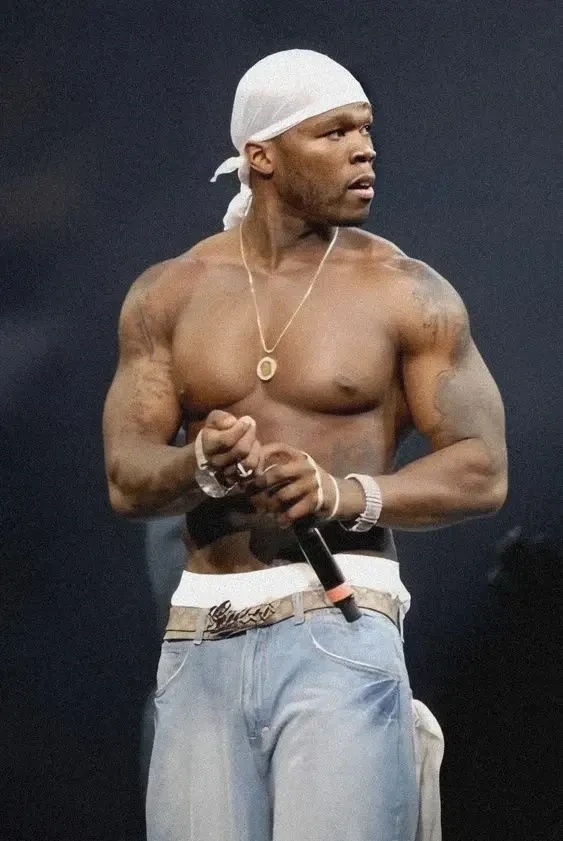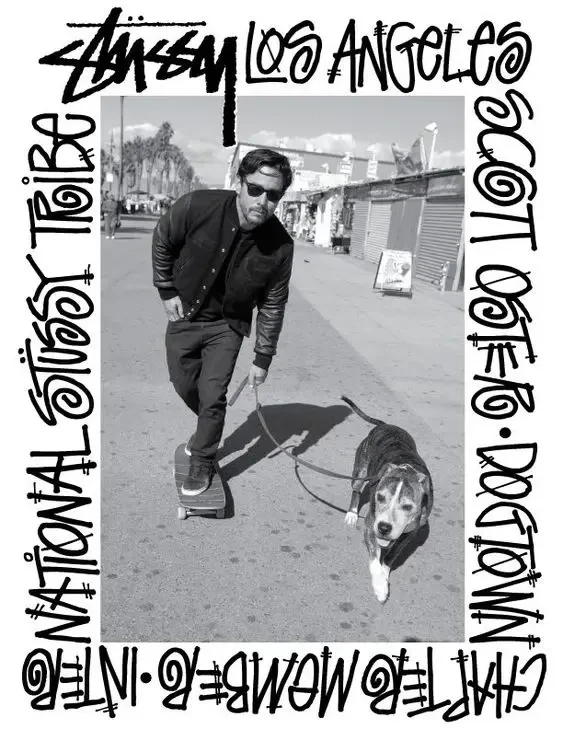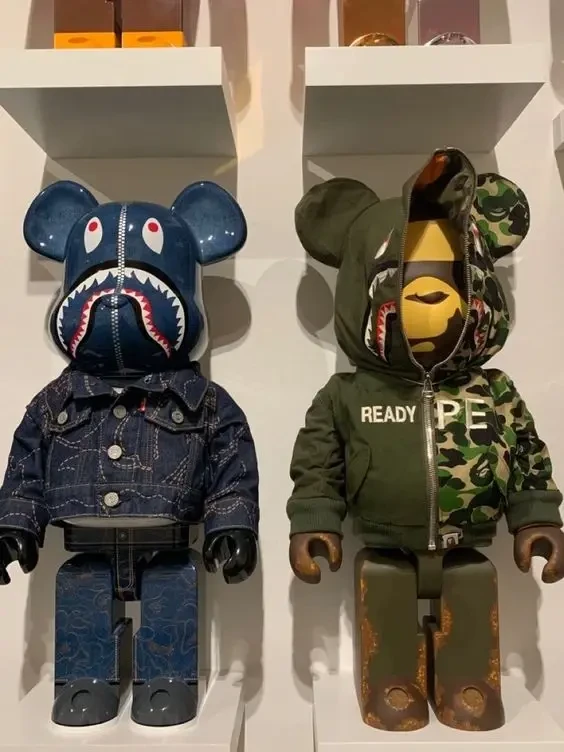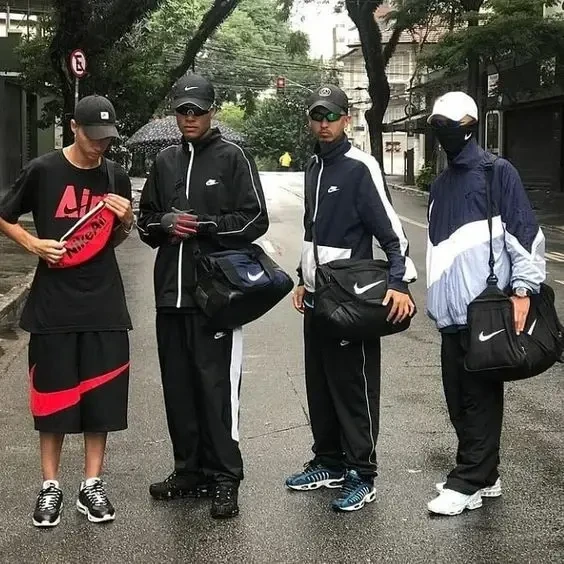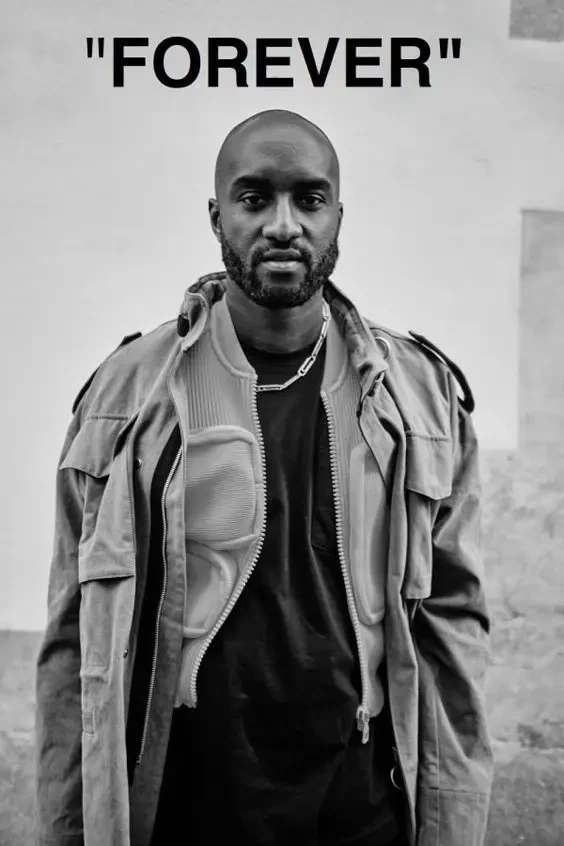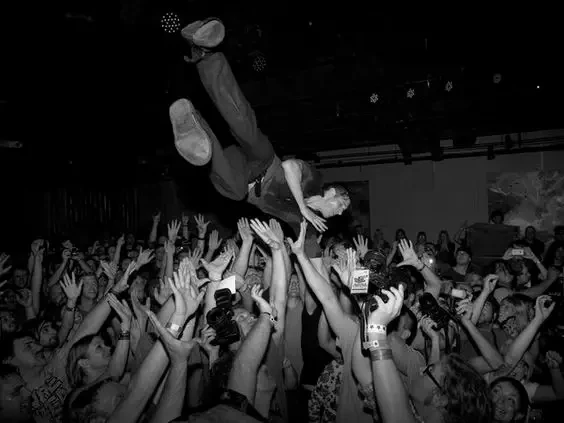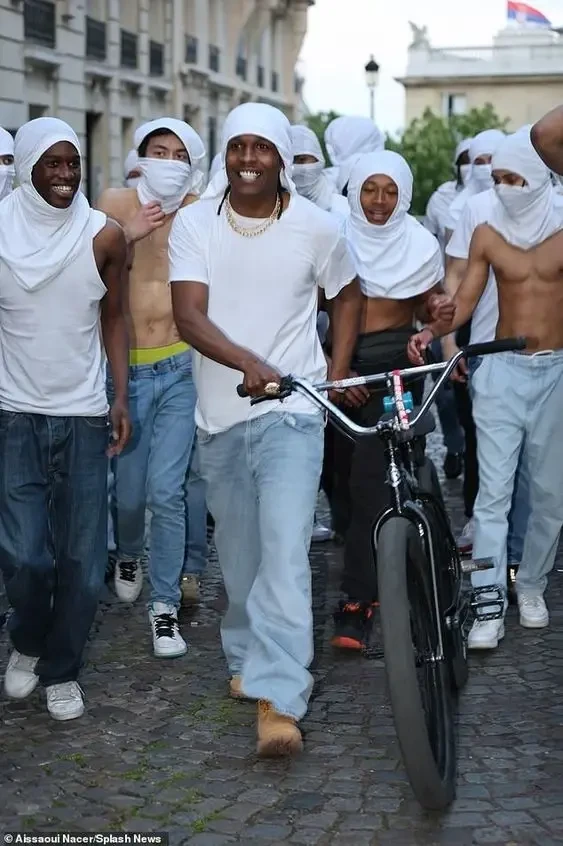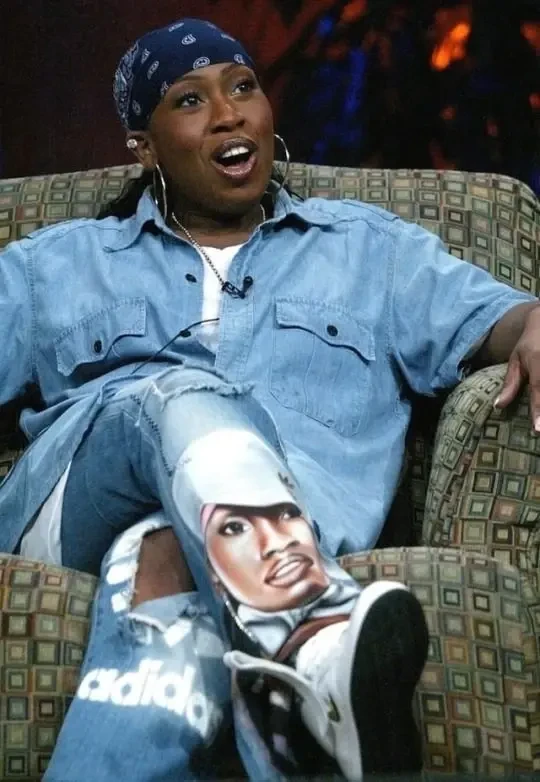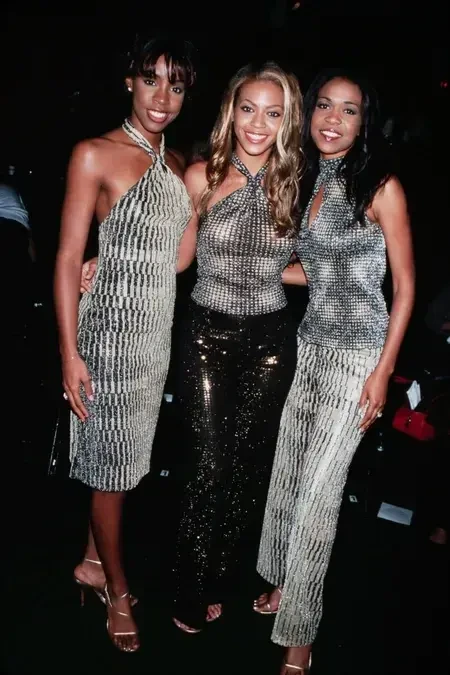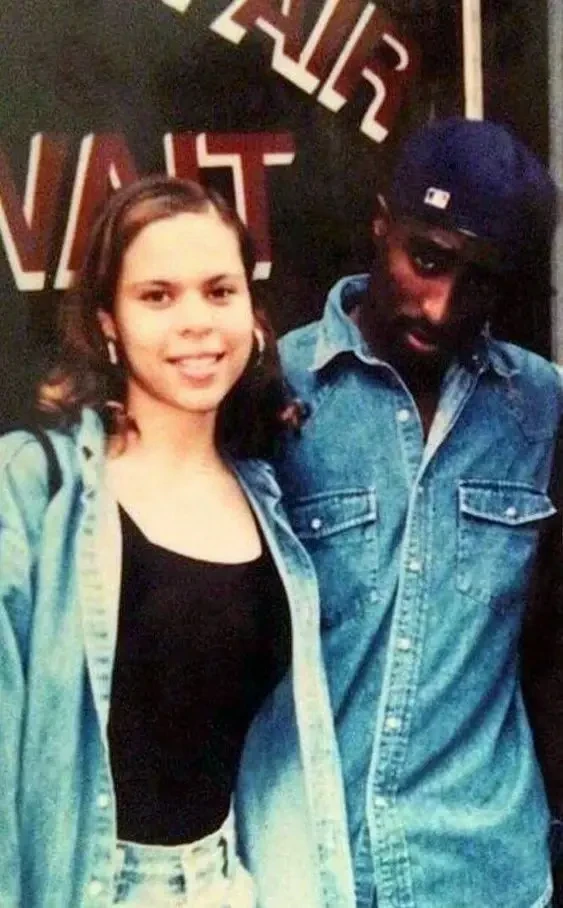Comfortable, futuristic, ethical, and sexy are, for Will Side, the definition of streetwear.
It was in the mid-1980s in the suburbs of the United States that the streetwear style was born.
This movement is linked to the expression of urban culture and the empowerment of disadvantaged neighborhoods.
One of the notable birthplaces of streetwear is located in the South Bronx neighborhood of New York.
It was a true laboratory of innovation where young people, in search of identity and distinction, began to mix elements of urban fashion, sportswear, and hip-hop culture to create original outfits.
This clothing appropriation quickly spread to other American suburbs such as Compton in California and the South Side of Chicago.
Musical artists such as Soulja Boy, 50 Cent, Tupac, and Pharrell Williams have brought streetwear into the spotlight, notably through their music videos and collaborations with brands.
Will Side is inspired by these various artists that you can (re)discover by clicking on the photos in this article.
Thanks to the creativity of Shawn Stussy, streetwear style has progressed significantly.
Originally from Laguna Beach, California, he began printing t-shirts featuring his logo, the famous wave-shaped "S", for local surfers.
This move quickly caught the attention of local skaters, who adopted these clothes as an expression of their alternative lifestyle.
A feeling of belonging developed, particularly during casual gatherings, such as skateboarding sessions in public parks or designated urban areas.
Skaters are especially regarded as great ambassadors of streetwear. They have always worn loose clothing, out on the street, to ride.
Skateboarding competitions and demonstration events have also been important moments where streetwear was highlighted.
Thus, thanks to the initiative of Shawn Stussy and the enthusiasm of skaters, streetwear experienced rapid growth, eventually becoming a true clothing culture rooted in board sports: surfing, skating, snowboarding.
Streetwear experienced a decisive turning point in its globalization thanks to iconic brands such as "A Bathing Ape" (BAPE) in Japan, Supreme, FUBU "For us By us," and Karl Kani in the United States.
The Japanese designer Tomoka Yamanashi, known as Nigo, is behind the brand BAPE, created in 1993.
Streetwear often highlights bold designs and prints, sometimes inspired by the world of music or urban art.
In the case of BAPE, we find colorful camouflage prints, animal patterns (notably the "shark" pattern), as well as its "Ape Head" logo, which all become signature visuals of the brand.
Its innovative designs have largely helped define the unique aesthetic of Japanese streetwear.
Those familiar with 1990s streetwear will no doubt recognize the iconic brand created by Nigo.
With iconic pieces such as Lacoste tracksuits, Sergio Tacchini, and the famous pairs of TNs.
The TN, known as "Tuned Air" by Nike, has become a symbol of street culture in France. First launched in 1998, they quickly gained popularity thanks to their unique design and innovative cushioning technology.
A few French streetwear brands emerged, reflecting the evolution of the street scene in France.
Among them is Airness, founded in 1999, which quickly established itself notably thanks to its collaborations with artists and athletes like the famous French basketball player Tony Parker. The collaboration led to a line of clothing and accessories featuring the TP9 logo, in reference to the player's jersey number.
Royal Air also contributed to the richness and diversity of the French streetwear scene of the 80s.
These brands played an essential role in the emergence of an active street culture in France.
A style that hasn’t really changed! The differences mainly come down to cuts, materials, and brands on the market.
Virgil Abloh made history by becoming the first Black man to hold the position of artistic director at a luxury house.
He pushed the traditional boundaries of fashion, introducing innovative concepts and blending diverse styles to create an avant-garde aesthetic.
Thanks to his influence and creativity, streetwear has managed to transcend geographical and cultural boundaries.
This adoption of streetwear style by designers and luxury houses has given the movement more sophisticated appeal.
The use of quality materials and more advanced tailoring techniques gives streetwear all the recognition it deserves.
Will Side made the wise choice to rely on French and artisanal know-how for the creation of your pieces.
This decision reflects the importance given to quality and authenticity.
"Streetwear is much more than a fashion, it is an artistic expression that reflects the energy, creativity, and attitude of a generation." - Virgil Abloh
Inspired by artistic, musical, military, and sports fashion trends...
Streetwear has evolved while staying true to its basic principles: loose, comfortable, functional, nuanced.
Even better, the addition of certain elements imbued with a classic and sentimental touch, reminiscent of our grandparents' clothing styles.
These retro details bring a nostalgic and soothing dimension to streetwear while preserving its contemporary character.
It is with as much creativity and nostalgia that Will Side designs your pieces.
Transforming the clothes of our grandpa, grandma, isn't that fantastic!
From Asia to Africa and through the West, the adaptation of streetwear to all cultures explains its success.
By remaining inclusive, urban fashion suits everyone.
"Streetwear transcends cultural boundaries and brings people from all over the world together through their shared love of urban fashion." - Anonymous
Clothing is a way to express yourself, to convey your preferences and values.
By choosing Will Side, you express yourself while differentiating yourself, since each piece is unique.
One of the fundamental principles of streetwear, and one of your favorites, is to stay comfortable in your clothes.
This notion of comfort goes beyond just a physical feeling. It's also about feeling comfortable in your own skin and being able to move freely without constraints.
Will Side perfectly understands this importance of comfort and designs its pieces with the needs of your moving bodies in mind.
By prioritizing comfort, Will Side invites you to fully embrace your personal style without compromise.
This combination of style and comfort creates a self-confidence that shows in your attitude and the way you present yourself to the world.
ASAP Rocky, whose real name is Rakim Mayers, is a streetwear fashion icon who leaves a lasting impression.
The artist cultivates a style that combines streetwear elements with touches of haute couture.
He integrates iconic brands such as Supreme, Raf Simons, and Rick Owens into his outfits, thus creating a unique mix of styles and references.
ASAP's personal style is characterized by loose fits, bold layering, and an attention to detail.
He is known for experimenting with accessories, vibrant colors, and patterns, pushing the boundaries of traditional streetwear fashion.
In addition to his impact on fashion, ASAP Rocky is also an art enthusiast.
He is often seen front row at the most prestigious fashion shows and has become a true style ambassador for youth.
Missy Elliott, often nicknamed the "Queen of Rap," is an iconic figure in women's streetwear thanks to her unique stage style and innovative music videos.
You've certainly already danced to her emblematic songs, while she also made history by performing alongside Katy Perry at the Super Bowl in 2015.
Missy Elliott has collaborated with many renowned fashion designers throughout her career.
One of her most memorable collaborations was with the famous fashion designer Marc Jacobs. In 2017, she became the face of Marc Jacobs' advertising campaign for his spring/summer collection.
This collaboration was acclaimed for its boldness and unique blend of streetwear and haute couture.
In 2023, she became the first female rapper to be inducted into the Rock and Roll Hall of Fame, a well-deserved recognition for her incredible journey.
I invite you to discover her extraordinary universe and be inspired by her impact on fashion and music.
Destiny's Child, the American musical group formed in the 1990s, undoubtedly had a significant influence on streetwear and the fashion of the era.
Their impact was felt through their bold clothing choices and their ability to set trends: EXAMPLE
The group, composed of Beyoncé Knowles, Kelly Rowland, and Michelle Williams, was known for its energetic performances and synchronized choreography, but also for its distinctive and innovative style of dress.
They often opted for streetwear outfits, including coordinated sets, tracksuits, sports jerseys, caps, and sneakers.
Their aesthetic mixed elements of sportswear, hip-hop, and streetwear, thus creating an iconic style.
Destiny's Child helped popularize the idea of wearing comfortable and casual clothes while remaining stylish and asserting their individuality.
Their influence spread beyond the music scene and was noticed in popular culture and the fashion of the time.
Founder of the brand Walker Wear, April Walker is considered a pioneer of streetwear in the 1990s.
She was one of the first women to make her mark in a predominantly male industry and dressed hip-hop icons like Tupac Shakur.
In 1992, April Walker made an iconic collaboration with the sports brand FILA.
Their partnership resulted in a collection of clothing and shoes that generated considerable excitement.
The designs captured the essence of streetwear at the time, offering fashion fans a new way to express themselves. She gave a new momentum to FILA on the urban fashion scene.
April Walker remains an inspiring figure and a symbol of resilience for women in the fashion and streetwear industry.
Emily Oberg is a creator, journalist, and social media personality who has worked with renowned streetwear brands such as KITH and Complex.
She has contributed to promoting women's streetwear and expanding its influence.
In 2016, she collaborated with the brand Reebok to create an exclusive capsule collection.
This collaboration merged Emily Oberg's urban aesthetic with Reebok's expertise in footwear and sportswear, creating a line of products that generated great interest among streetwear enthusiasts.
Emily Oberg's approach brought a touch of freshness to the brand, attracting the attention and admiration of fans.
This collaboration helped strengthen Emily Oberg's position as a respected fashion influencer and designer.
Her passion for streetwear and her willingness to promote diversity in the industry have inspired many women to express themselves through urban fashion.
The Will Side team.
Article date: May 2023

